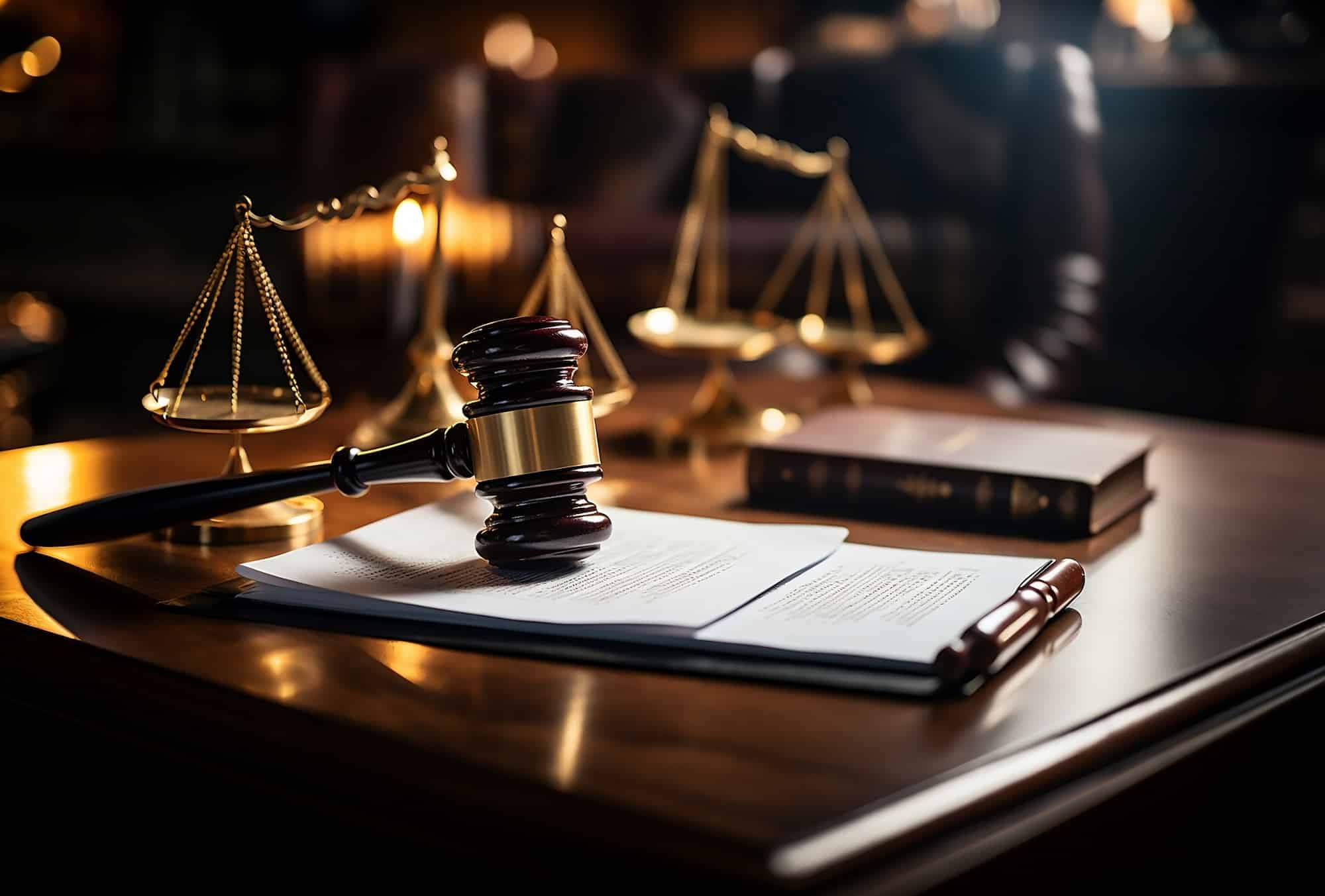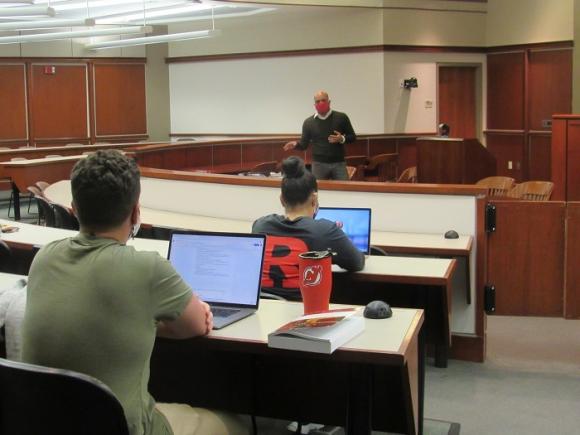Browsing the Complexities of Test Presentations: Tips for Seamless Delivery and Engaging Arguments
In the world of lawful procedures, the art of test discussion stands as an important component of success. The intricacies inherent in trial presentations require a fragile equilibrium of ability, skill, and method.

Comprehending Test Objectives
To successfully browse a test, it is vital to have a clear understanding of the purposes that require to be attained. Prior to entering the court room, lawful groups have to define their goals and desired outcomes. These objectives act as guiding principles throughout the trial, forming strategies and affecting decision-making procedures.
Recognizing test goals includes an extensive evaluation of the case, lawful criteria, and the client's benefits. Trial Presentations. It needs a careful exam of the facts, identifying vital concerns, and preparing for prospective difficulties. By setting specific and quantifiable goals, lawyers can customize their disagreements and presentations to line up with the desired outcomes
In addition, a clear understanding of trial purposes makes it possible for legal teams to focus on evidence, witnesses, and lawful disagreements efficiently. It enables the growth of a meaningful narrative that reverberates with the discretionary, enhancing the total situation presentation.

Organizing Evidence Properly
Having a clear understanding of test goals lays the foundation for arranging proof successfully in legal proceedings - Trial Presentations. By straightening the presentation of proof with the preferred outcomes of the test, legal groups can enhance their arguments and improve their persuasiveness. One essential element of organizing proof is categorization. Organizing evidence based upon themes or importance to certain legal components can assist simplify the presentation and make complicated information extra digestible for the court or jury.
An additional key component in organizing evidence properly is establishing a sensible flow. Providing proof in a coherent and sequential way can aid build a compelling story that sustains the legal arguments being made. Furthermore, making use of visual aids such as graphes, charts, or timelines can further improve the company of proof and aid in clarifying complicated connections or series of occasions.
Furthermore, guaranteeing that all evidence provided is permissible and pertinent to the case is necessary. Unimportant or inadmissible proof can detract from the stamina of the debate and possibly damage the trustworthiness of the offering event. A careful testimonial and option procedure must be embarked on to include only the most impactful and legally audio evidence in the test discussion.
Crafting Convincing Narratives
Crafting engaging narratives plays a crucial role in offering persuasive debates during lawful process. When constructing a narrative for a trial presentation, it is important to develop a clear story that highlights key factors and connects them in a meaningful fashion. By weaving with each other evidence, testament, and legal disagreements right into a cohesive and influential story, lawful professionals can successfully advocate for their clients and boost the likelihood of a positive end result in the courtroom.
Grasping Aesthetic Help
Effective use of aesthetic help is vital to enhancing the effect and clearness of test discussions. Aesthetic aids, when utilized strategically, have Related Site the power to simplify complicated info, enhance vital points, and leave a long lasting perception on the discretionary. To understand aesthetic help in test discussions, it is crucial to guarantee that they are clear, concise, and appropriate to the arguments being made.
When integrating aesthetic aids, such as charts, timelines, charts, or pictures, into a test presentation, it is important to maintain them visually appealing yet professional. The visuals ought to match the spoken debates, giving a graph of the info being gone over without overwhelming the audience with unnecessary go to this web-site information.
In addition, exercising with the aesthetic aids beforehand is crucial to make sure a seamless shipment during the test. Acquainting oneself with the material, transitions, and timings of each aesthetic help can assist maintain the circulation of the discussion and avoid technical problems that may occur.
Delivering Impactful Closing Arguments
A compelling closing disagreement serves as the conclusion of a test presentation, enveloping the core story and convincing the court and court towards a positive decision. Begin by describing the major arguments that support your customer's position, stressing why the proof presented throughout the trial sustains your story.
Furthermore, integrating psychological appeal can even more reinforce your closing debate. By attaching and humanizing the instance on a personal level with the decision-makers, you can evoke empathy and understanding, affecting their assumption of the facts presented. Furthermore, repeating the lawful criteria that must be met for a beneficial ruling can strengthen the credibility of your placement. Inevitably, a well-crafted closing disagreement must leave a long-term go to this website impact, engaging the court and court to regulation in your customer's support.
Conclusion
Finally, mastering test discussions includes comprehending goals, organizing evidence, crafting stories, making use of visual aids, and supplying impactful closing debates. By applying these approaches successfully, attorneys can provide their case seamlessly and make engaging disagreements in the courtroom. It is essential to browse the intricacies of trial presentations with accuracy and skill to achieve success in lawful procedures.
By aligning the discussion of evidence with the desired end results of the trial, legal groups can strengthen their debates and improve their persuasiveness (Trial Presentations). To master aesthetic aids in test discussions, it is critical to make sure that they are clear, concise, and pertinent to the disagreements being made
An engaging closing disagreement serves as the conclusion of a trial discussion, encapsulating the core story and persuading the court and jury in the direction of a beneficial choice. Begin by describing the major disagreements that sustain your client's placement, emphasizing why the proof presented throughout the test supports your narrative.In verdict, mastering test presentations includes recognizing goals, organizing proof, crafting narratives, making use of visual aids, and supplying impactful closing arguments.
Comments on “The Role of Visual Aids in Effective Trial Presentations: An Overview for Lawyer”